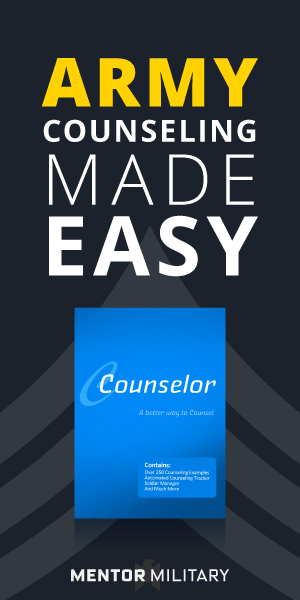Maybe you think you are alone, fighting the one-person fight that many leaders face. You may feel like you spend all of your time putting out fires and solving mundane problems that only you can fix. However, you would be wrong if you assume that the head of a squad, platoon, company, gang or other organization is the only one responsible for coming up with solutions. Leaders should not be the only ones with a vested interest in making an organization better. So how does the leader create a teaming environment? How do you create a program that encourages everyone to work together?
What is a High Performance Team?
Where time and opportunity permits, high performance teams (HPT) are the most effective way to achieve this. HPTs create a body more capable than any individual–they are more than the sum of their parts. They do this by establishing rules and understanding that throughout any process or problem, it’s not about the individual, it’s about the group. This allows the organization to benefit as a whole as each member sacrifices their individual desires. The members do not lose or give up the individuality that makes them unique. It does not stifle individual creativity. What each individual sacrifices are selfish desires and the need for self importance.
HPTs consist of a small number of people with complementary skills. Individual members of HPTs are committed to a common goal and hold themselves mutually accountable. This structure and assembly of individual core competencies, skills, and capabilities create a superpower stronger than any one person could amount to.
Bringing the team together
The HPT defines the standards they will perform under to provide the purpose, vision, norms, goals, expectations, and procedures. The agreement is the rudder that keeps the team focused and forms the basis for group discipline and accountability. For example, if someone arrives late or makes fun of another member’s contribution, corrections can be made by referring to the charter. Additionally, if the group loses focus, members can refer to the stated vision and goals.
Anyone can form an HTP. Those of you who already find yourselves to be highly-effective formal and informal leaders have much to gain from forming an HPT. Let’s, for the sake of relativity, consider a small unit leader.
Start with the agreement and discuss the vision, norms, goals, etc. Such topics to tackle might include:
- policy
- manning
- training
- communication
The difficulty for some leaders will be to sacrifice their will and turn over problems for a group to solve. Apprehension is natural, but one of the benefits is that the resulting solution will now be a part of the organization’s DNA. The effective group will have capabilities beyond just the one leader. The group will own the solution jointly. The tradeoff is perfect and the results impressive.
How do you form an HPT?
Engage:
Invite interested parties. Canvas your unit or sister organizations and determine who might be interested in joining this group. You may need to build allies who might help you recruit effective individuals.
Focus:
Develop a game plan and respect other members’ time. You can increase effectiveness with an agreement as described above.
Accountability:
Record meeting minutes to document your work and products. Be sure to capture all important decisions and who will act on them. When the group assigns responsibilities to individuals, they tend to come through.
Followup:
Let the group know you appreciate their efforts. Better yet, assign credit to your group members and ensure the executives and department heads (if they aren’t part of the group) understand who the members are and to buy in on decisions.
Have fun:
This is a time to allow creativity. Work within the confines of governing regulations and corporate policy, but allow out of the box thinking.
Do you want to know more about how to build a High Performance Team? Leave a comment below and ask Jeff any questions you may have.















Comments
Part-Time-Commander
Great tips here Jeffrey. I really enjoyed your article. If I could chime in, my tips to building a high performance team would be:
1) Create a big vision
2) Share your vision with your team
3) Surround yourself with talented people
4) Focus on high standards and progress
5) Reward good behavior and punish poor behavior
6) Set a good example
7) Provide constant feedback
These are the tips that work for me.
Chuck Holmes